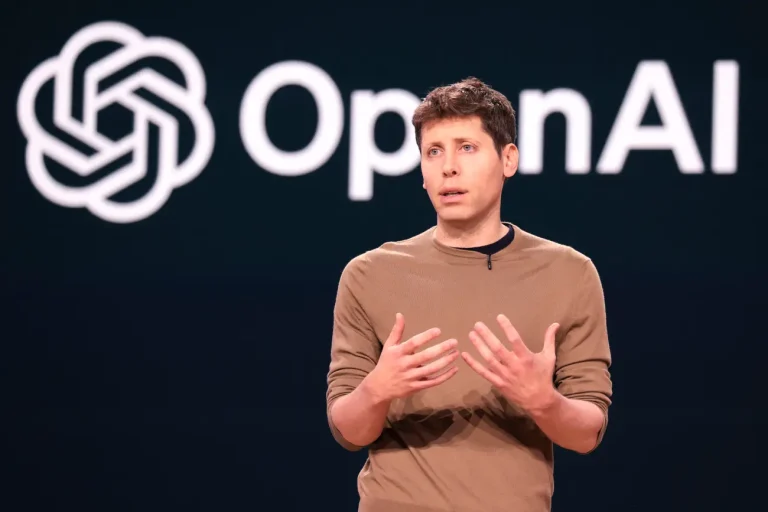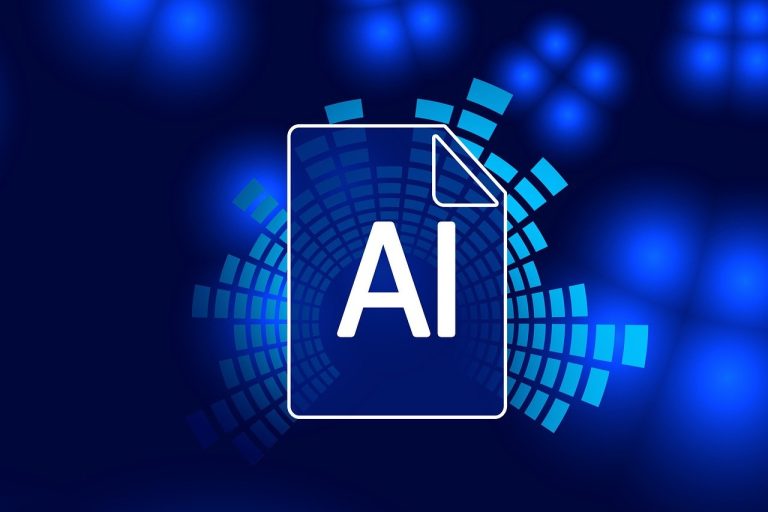5 steps to advance your business with sustainable GenAI

Generative artificial intelligence (GenAI) promises to deliver a giant leap forward in productivity, efficiency and waste reduction. For most, adoption is not a question of if, but when.
In a BT sponsored survey conducted by Dell Technologies in 2023, 76% of IT leaders said they believe GenAI will be significant or transformative for their organisations. Businesses are eager to reap the benefits and gain competitive advantage, but the high energy intensity of AI technologies is giving many decision makers pause for thought.
GenAI uses large language models (LLMs) involving trillions of parameters – and this technology is just getting started. It has been estimated that just training an LLM like ChatGPT-3 would require 1,300MWh of electricity. That’s roughly the electricity consumption of 120 South African households per year. This is to say nothing of the energy required to run such a model.
There are several AI data centres in South Africa, and the local data centre is primed for significant growth in the next five years. Given the already significant pressure on South Africa’s energy grid, and the fact that South Africa is one of the world’s top 15 greenhouse gas emitters due to continued reliance on coal fired electricity generation, GenAI’s energy consumption rate should constitute food for thought.
In addition, businesses face increasing regulatory, shareholder and cost pressure to reduce their environmental impacts. Gartner predicts that 70% of enterprises adopting GenAI will cite sustainability (along with digital sovereignty) as top criteria for selecting public cloud GenAI services by 2027.
With this in mind, we identified these five steps for sustainably adopting and running GenAI to help you navigate this challenge:
- Establish your carbon baseline
Measure your emissions across the whole digital value chain to establish your carbon baseline. This is a good first step and will help you determine where to reduce emissions.
- Embed sustainability across your infrastructure
Embed sustainability in your data centre by taking steps to increase energy efficiency through management and by refreshing your hardware, creating a platform for sustainable growth.
- Right-size your AI investment with as-a-service models
As-a-service models can help you ensure your investment meets your needs. By maintaining the latest technology, you can reduce management costs and drive sustainability.
- Bring AI to your data wherever it resides
Whether your data resides in a private data centre, co-location or public cloud, location should be no barrier to deploying AI. How these sites are powered will affect efficiency and sustainability.
- Collaborate with partners and suppliers
Sustainability and energy efficiency are best achieved through collaboration. Strategic partnerships with third parties can help you overcome the complex challenges associated with AI adoption.
Everyone knows that GenAI promises to supercharge productivity and accelerate innovation – but many businesses aren’t sure where to start. The industry is moving quickly, and no one wants to be left behind.
Though getting started soon is important, it is equally crucial to carefully weigh the costs and benefits of AI adoption for your business before launching new initiatives. AI comes in many shapes and sizes and the potential applications of GenAI in particular are extensive.
Assessing the costs and benefits of adoption will give you a much clearer picture of the work you will need to undertake on simultaneously advancing sustainability and energy efficiency. Utilising AI technologies will most likely be key to competitiveness in the medium- and long-term, but you should avoid biting off more than your organisation can chew in the short-term. Ensure that your initiatives are achievable and consistent with your priorities and wider business strategy.
These five steps show that there are many ways to prioritise sustainability and energy efficiency when adopting AI. The most effective approach is a holistic one, encompassing the whole digital value chain.







